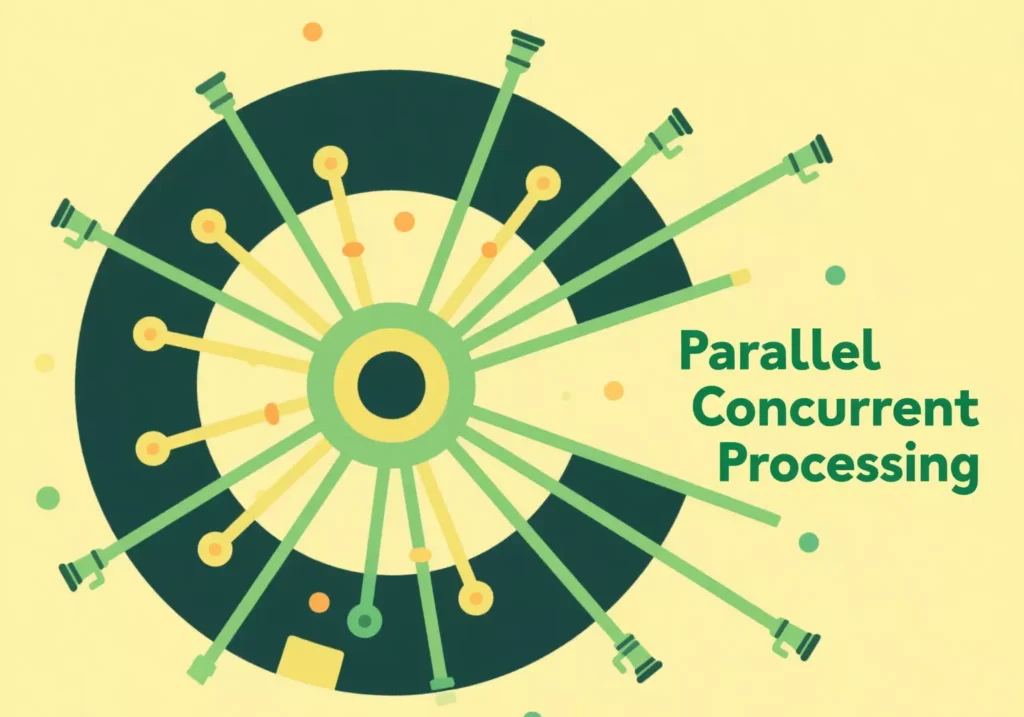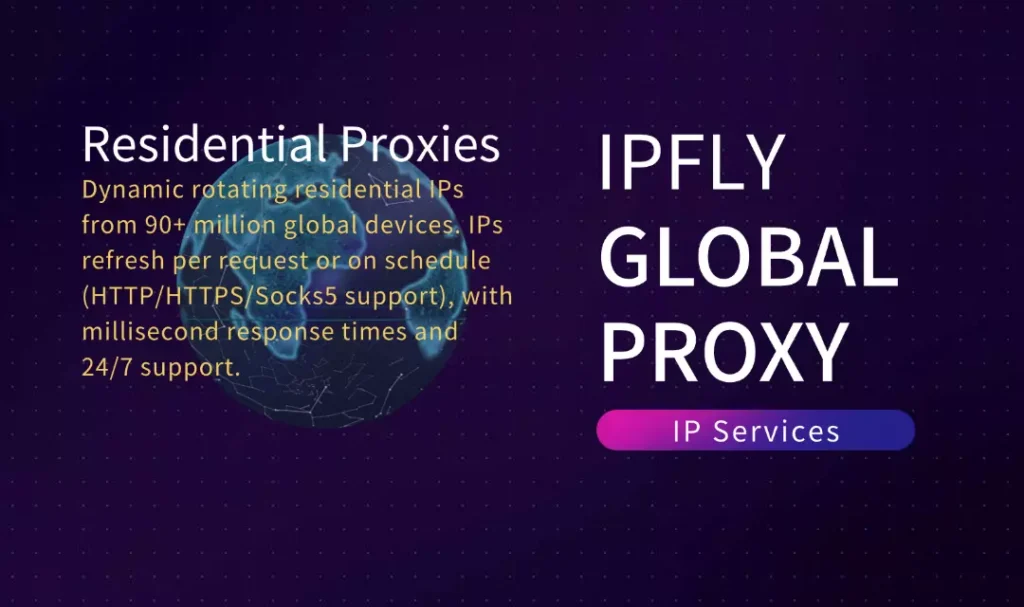In today’s fast-paced digital world, software systems must be faster, more responsive, and capable of handling massive workloads. One concept at the heart of this evolution is parallel concurrent processing—a powerful approach that allows systems to run multiple computations at the same time. Whether you’re managing large-scale applications, developing real-time systems, or running distributed computing environments, understanding how parallel and concurrent processes interact can dramatically improve performance.
Let’s break down what parallel concurrent processing really means, how it’s different from similar concepts, and where it’s most effectively used.

What Is Parallel Concurrent Processing?
At its core, parallel concurrent processing refers to the ability of a system to execute multiple tasks simultaneously (parallelism) while also managing them independently (concurrency). While they sound similar, parallelism and concurrency serve different goals:
- Parallel processing focuses on executing multiple operations simultaneously.
- Concurrent processing involves managing multiple operations that can progress independently, even if not truly simultaneous.
In combination, these two models enable modern systems to enhance throughput, minimize latency, and remain scalable under heavy loads.
Key Differences Between Parallelism and Concurrency
To better understand parallel concurrent processing, let’s explore the difference between its components:
- Concurrency is a design principle. It enables a system to handle multiple tasks that may not run at the same time, but are organized so they appear to be.
- Parallelism is an execution principle. It involves actually performing multiple tasks at the same time, usually by leveraging multi-core CPUs or distributed architectures.
A system with concurrency but no parallelism might interleave tasks, giving the illusion of simultaneous work. A system with parallelism but no concurrency might do many things at once, but struggle with task coordination.
Parallel concurrent processing bridges both, combining smart task scheduling with high-speed execution.
Why Parallel Concurrent Processing Matters
Today’s web apps, cloud services, and data pipelines demand speed and efficiency. Here’s why parallel concurrent processing plays a vital role:
- Improved responsiveness: Systems can continue responding to users while tasks are processed in the background.
- Higher throughput: More tasks get completed in less time, especially in multi-core or distributed environments.
- Scalability: Systems using parallel concurrent processing scale more efficiently across clusters and server farms.
For example, an e-commerce platform handling thousands of transactions can validate payments, update inventory, and notify users — all at once — by combining parallel and concurrent operations.
Real-World Applications
Many industries rely on parallel concurrent processing to power their core technologies. Common examples include:
High-Frequency Trading
Financial firms execute trades in microseconds using systems that process data in parallel while concurrently handling risk calculations and compliance rules.
Video Streaming
Streaming services concurrently manage multiple users, while transcoding videos and serving content in parallel across CDNs.
Web Crawling and Scraping
Web crawlers collect data from thousands of sites using concurrent connections and parallel data extraction methods. When paired with a proxy service likeIPFLY’s residential proxies, the success rate and performance increase significantly.
Gaming Servers
Online multiplayer games use concurrent threads to manage player interactions while running parallel physics calculations and rendering tasks.
Technologies That Enable It
To implement parallel concurrent processing, developers rely on a range of tools and technologies:
- Multi-threading and multiprocessing (Python, Java, C++)
- Asynchronous programming (async/await in JavaScript, Python asyncio)
- Distributed computing frameworks (Apache Spark, Hadoop)
- Cloud-based architecture (Kubernetes, AWS Lambda)
Each tool provides unique support for concurrent task coordination or parallel execution. Choosing the right one depends on the workload and environment.
Challenges in Implementation
While the benefits are significant, parallel concurrent processing comes with challenges:
- Deadlocks and race conditions: Multiple tasks competing for resources can cause failures or unexpected behavior.
- Complex debugging: Tracking issues across simultaneous threads or processes requires advanced debugging techniques.
- Overhead management: More processes can mean more resource usage if not optimized correctly.
That’s why many development teams also use proxies and performance monitors to reduce bottlenecks when parallelizing web-based tasks.
IPFLY’s Role in Parallel Concurrent Environments

While IPFLY isn’t a processing tool itself, it supports many systems that rely on parallel concurrent processing. For example:
- Data scraping at scale: IPFLY’s dynamic residential proxies allow scraping scripts to open hundreds of concurrent sessions with minimal risk of blocking.
- Multi-account automation: Marketers and developers managing automated tools can assign separate, concurrent IPs to different threads using IPFLY’s rotating proxy pool.
- Geo-distributed computing: By assigning proxy IPs from different regions, IPFLY enables regional testing or load distribution in geographically distributed systems.
Because proxies must handle many simultaneous requests in real-time, they benefit directly from the principles of concurrency and parallelism.
Best Practices for Using Parallel Concurrent Processing
Whether you’re designing an app or deploying a large-scale operation, here are a few tips:
- Identify independent tasks: Break your workload into atomic tasks that don’t depend on each other.
- Use proper synchronization: In concurrent systems, ensure threads or processes access shared data safely.
- Benchmark and monitor: Continuously measure performance and identify bottlenecks.
- Leverage proxies for external calls: When making high-volume API requests or scraping websites, use proxy services to maintain speed and avoid bans.
Final Thoughts
As systems grow more complex and performance demands increase, parallel concurrent processing is becoming a foundational technique in software architecture. It allows applications to handle more users, run faster, and remain responsive, even under pressure.

Whether you’re working on a scalable backend system or deploying large-scale web crawlers, mastering this technique is essential. And when your workflows rely on outbound requests, services like IPFLY can complement your processing strategy with stable, high-performance proxy support.


